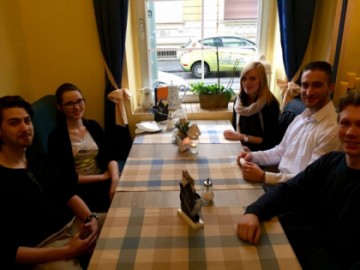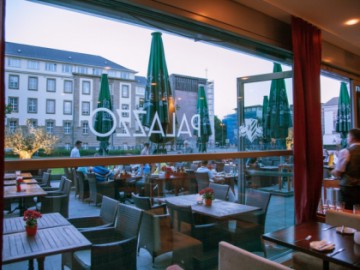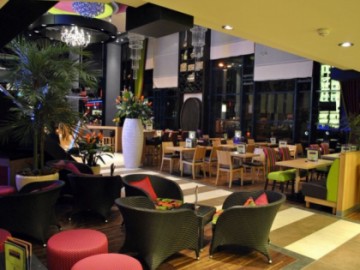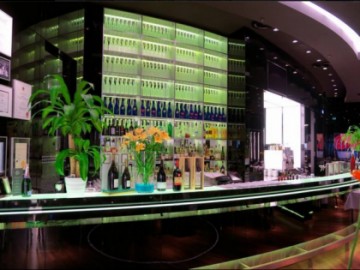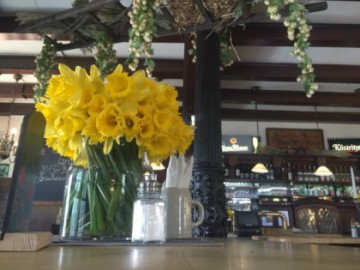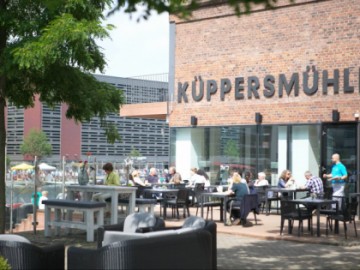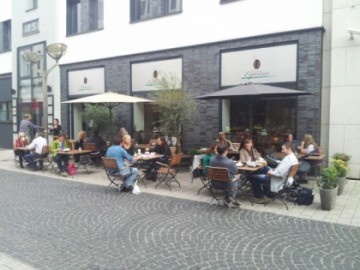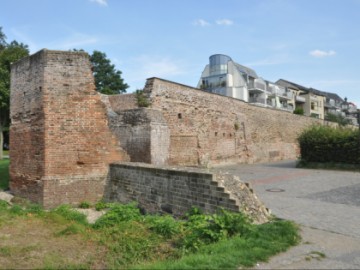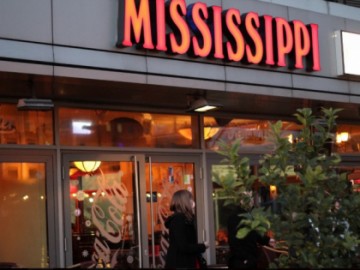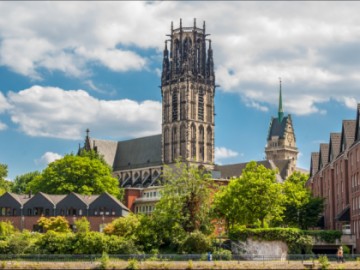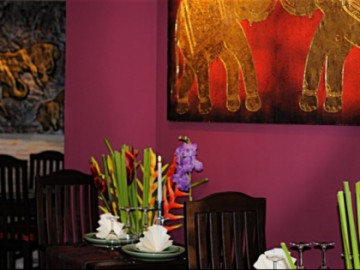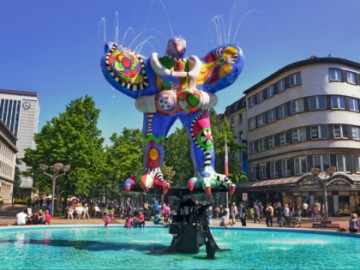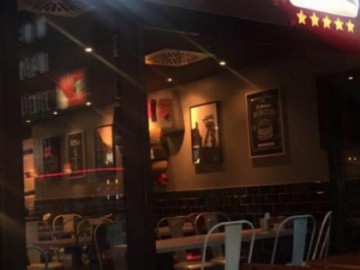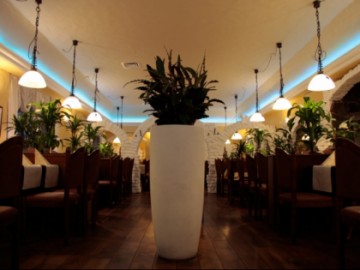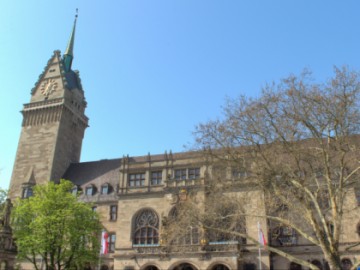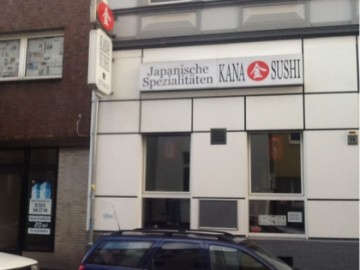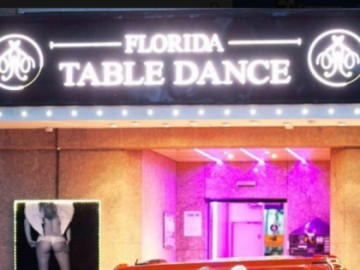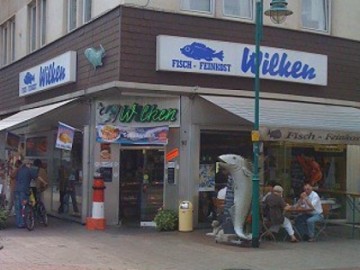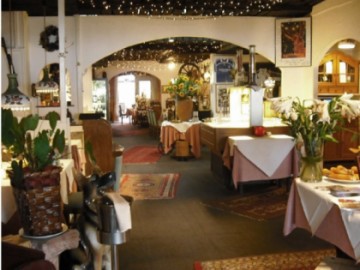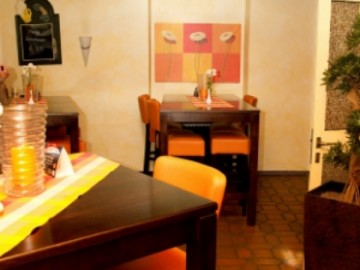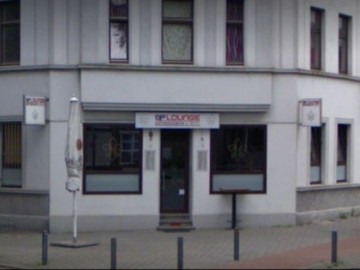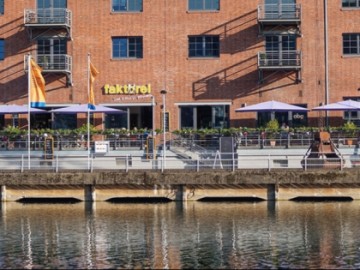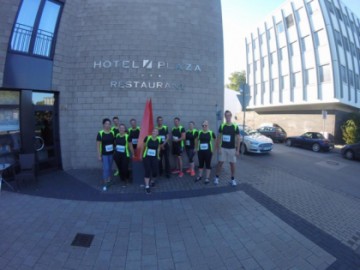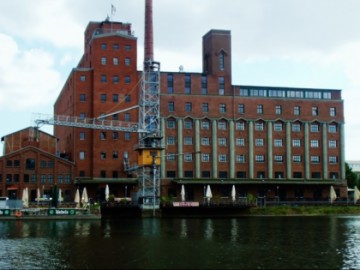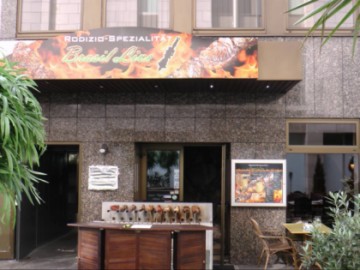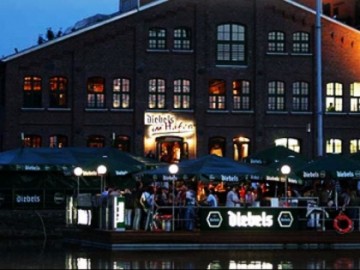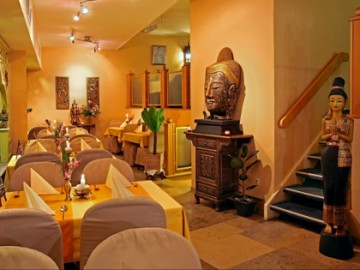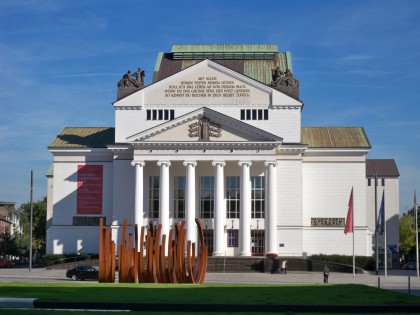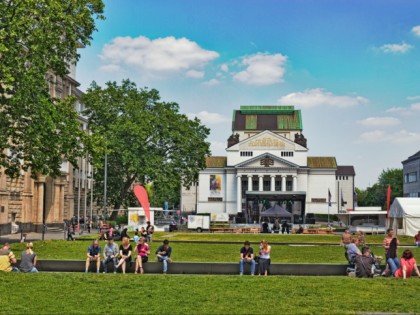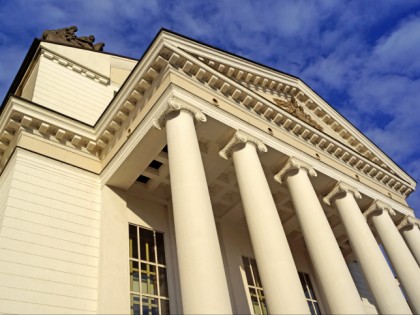Theater Duisburg: Building as Ancient Temple
The building of Theater Duisburg resembling an ancient temple in the neoclassical style was built in the city center in 1911-1912 by architect Martin Dulfer. His victory in the competition was largely due to the fact that he had already built three other theaters in Merano, Dortmund and Lübeck before that. Like many buildings in the city center, the theater was almost destroyed during the Second World War. On December 20, 1942 a bomb was dropped at the theater shortly after the end of the play "Tannhauser".
After the sad event the troop of Theater Duisburg continued to perform in a casino and theater buildings for some time, until it was removed to Prague. After the war the hastily renovated building was used as a theater for some time. It was fully restored only in mid-1950s.
In 1956 Duisburg and Dusseldorf jointly created a common theater called Deutsche Oper am Rhein. The first performance played on Duisburg’s stage on September 30, 1956 was Verdi's opera Falstaff. The theatre repertoire also includes operetta, musicals and ballet in addition to operas. The theater has no drama company, but among its partners are the largest theaters in the region, including the Schauspielhaus Bochum and the Theater an der Ruhr in Mülheim. They regularly bring best performances to Duisburg.
